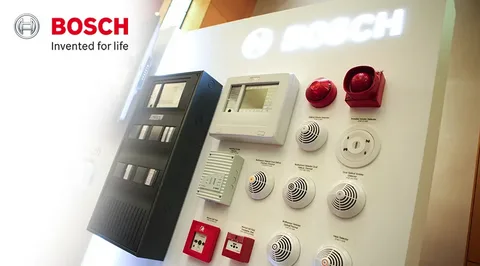Fire Alarm Systems
Fire alarm systems consist of a system of many separate parts, each with its own unique function. Knowing what these parts are and how they work together is essential to better understand how the system works as a whole. The following are the five essential elements that make up every fire alarm system:
Parts of Fire Alarm Systems
Detection Devices: Detection devices are part of the alarm system that detects smoke or fire. These devices include various types of smoke detectors, various types of heat detectors, sprinkler water flow sensors and pull stations.

Indicator Devices
Indicator devices are part of the system that sounds the alarm and warns the occupants of the fire hazard.
Indicator instruments include horns, bells, bells, and in some cases even strobe lights for the hard of hearing and the deaf. Many of these devices are deliberately noisy so as not to be overlooked and to encourage everyone to leave the building quickly. Strobe lights are also used, along with other indicators, when the deaf or hard of hearing is present, or when required by code. Thus, the fire is also visually warned.
Fire Alarm Systems Panel
The fire alarm control panel is the user interface and central monitoring and control element of the system. It has a screen that shows the current status of the fire alarm system and a touchpad that allows field personnel to program, troubleshoot, silence and reset the system.
The fire alarm panel monitors and supervises all starting devices, indicating devices and all related telephone ties, field wiring and circuit boards and internal wiring of the system. To alert emergency personnel, a call to a monitoring agency in the event of a triggered alarm is also made through the fire alarm panel.

Power Supplies
Power supplies include main power from the breaker, 12V batteries as 24-hour backup, and sometimes a generator as backup power for most fire alarm systems. The batteries may be located in the control panel or in a separate enclosure. In the event of a power outage, the batteries are activated, ensuring that the system continues to protect the building from fire for 24 hours. A generator can provide power for longer power outages.
Assistive Devices
Many additional devices can be added to a fire alarm system to support fire protection in a facility.
